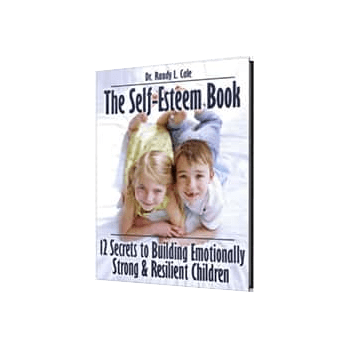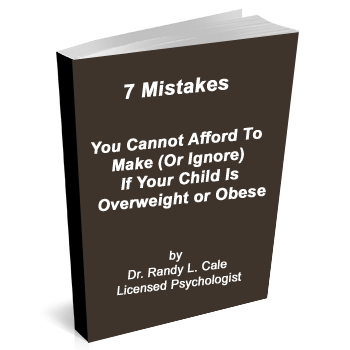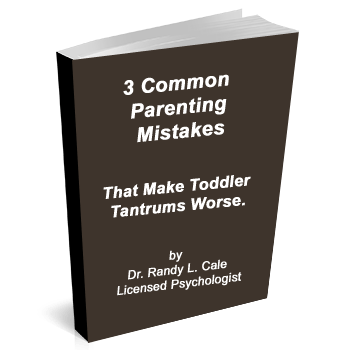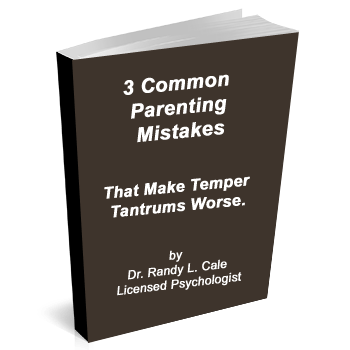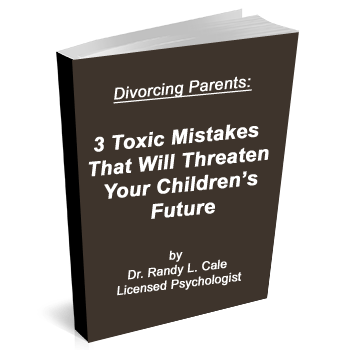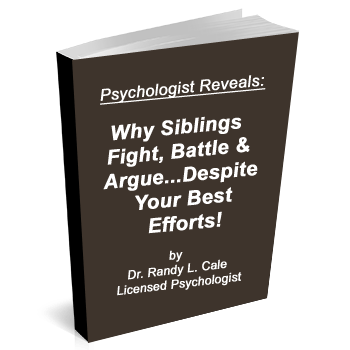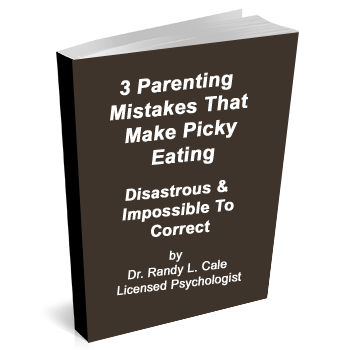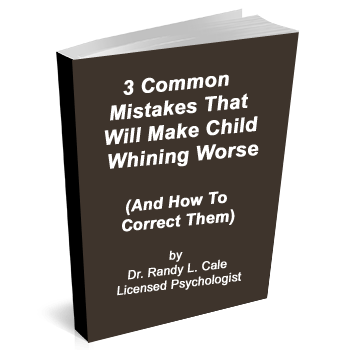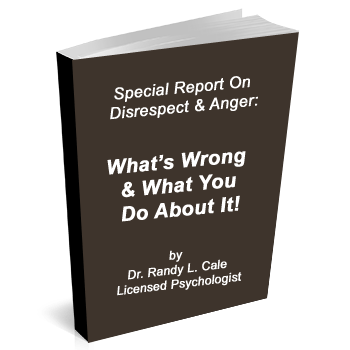It seems that in life you can separate people into two categories: those who positively live life and those who view pretty much everything negatively.
The latter can find a reason to complain regardless of how good things are and often generate a lackluster life. The former always seems to maintain a positive outlook and find value in almost every experience. They see each moment of life as a valued experience, and it seems that everything serves them.
You will also notice this in your children. If they tend to view the world in a particular way, they will interpret almost every event through those lenses. Some children have a positive view of others and themselves, while other children seem to have negativity that dominates. This is more obvious in some children than others, and varies, of course, in each child. However, life is not the problem here. It is our beliefs and perceptions that create an experience, and thus our happiness or our misery.
Our beliefs tend to create our reality, not the other way around
Our beliefs shape how we perceive the world and how we magically (almost) create explanations and actions to support that belief. If we believe it’s possible to do the impossible we will initiate immense action to try to make it happen. You see this with children who are inspired to make a difference, to learn a sport, or to master a subject; their efforts follow their beliefs (e.g., “I can get this. I can do this.”)
On the opposite side of things, if we believe something to be impossible, we will simply do nothing. When your son says that sports are ‘stupid’, don’t expect to be cheering him on anytime soon.
Beliefs are a command to the brain and body.
Whatever we believe, we must act consistently with those beliefs. We (unknowingly) create a world that is consistent with that belief. The child who sees sports as stupid will only find stupid comments to make about it.
Why is this a problem? Well, if your child holds a limiting belief, that belief will set limits on their life. It will set limits on what they attempt. Beliefs set limits on persistence, happiness, and many other traits. They also open or close the doors to life happiness, satisfaction and success.
How to change negative beliefs
Don’t get seduced into feeding the negative beliefs.
Most of us recognize, and become frustrated, hearing destructive, self-defeating comments from our children. We then get pulled into trying to correct these negative statements which reflect their underlying beliefs.
Yet, your corrections do not change these beliefs. Instead, every time you respond, correct, redirect, argue, provide commentary upon, or in any way engage these statements, you are inspiring the negative belief.
Why? Because your repeated attention to the destructive belief teaches your child that you care about that belief. This is critical to understand: their brains cling to the thoughts and beliefs that most consistently attract parent attention.
So the number one rule is to make sure that you are not giving lots of energy and attention to these thoughts when they arise. When your child expresses them, don’t feed them with repeated suggestions, redirection, or feedback. Instead, walk away from these negative beliefs and your child will do the same.
Nurture “truth” when your kids are NOT caught in negative beliefs.
The goal here is to teach your kids to drop the negative stories that limit their ability to feel good and do their best. We want to encourage beliefs grounded in reality.
Pick a time when your kids are not caught up in one of these negative, debilitating moments. In other words, when things are going well, have a conversation with them about how they sometimes talk about themselves, or the world, in negative ways.
If they are old enough, explain how any belief we adopt becomes our real-world…no exceptions! Let them know that their strong beliefs will set any limit upon the life they choose, be it small or awe-inspiring.
Talk with them about alternative beliefs, and what you view as reality. You want them to know ‘truth” as you see it:
- You can do it.
- I believe in you.
- You are a learning machine.
- You “get it”.
- You do your best.
Encourage your children to practice saying these silently and repeatedly, and let them know how much you believe in each of these beliefs.
Get practical.
Use real-life examples. Explain how we are eager to shoot the foul shot at the end of the game if we believe we can make it. Talk about how we are willing to try new things when we believe we will do okay. Explain how much easier it is to take the test when you have a strong belief that you will do your best…and that is enough. Give personal examples of your persistence, once you were certain you could do it.
If your daughter keeps saying that she is stupid, let her know that you view her as intelligent, creative, and capable. Because you know this to be true, let her also know that you will not keep correcting her, but instead, she’ll have to discover the truth for herself. Explain that you will be walking away from “all the lies you tell yourself about your abilities.” Remind her that it will be better for her when she learns to do the same. From that point on, remember to walk away from the negative belief so she can learn to walk away from it as well.
If you do the instinctive response of correcting your daughter over and over, you will see (with time) that this will fail. It fails BECAUSE your daughter will (most typically) fight for the belief she holds, while you end up fighting for the positive belief. Please just test this. The destructive belief must be allowed to ‘die on the vine’ by the lack of attention that it is given. With time, she will become interested in the truth that you hold: She is competent. She is capable. And, you believe in her.






